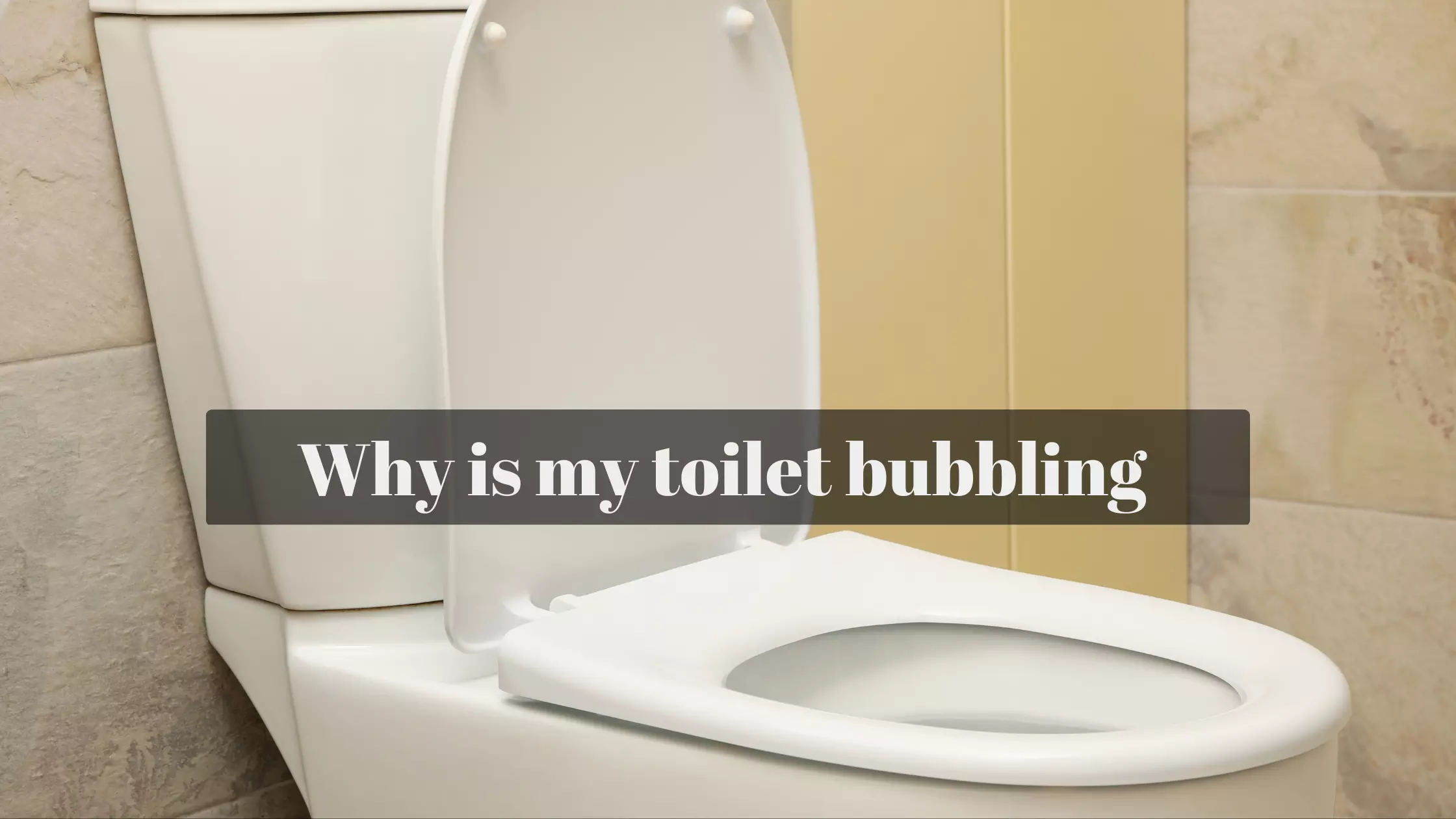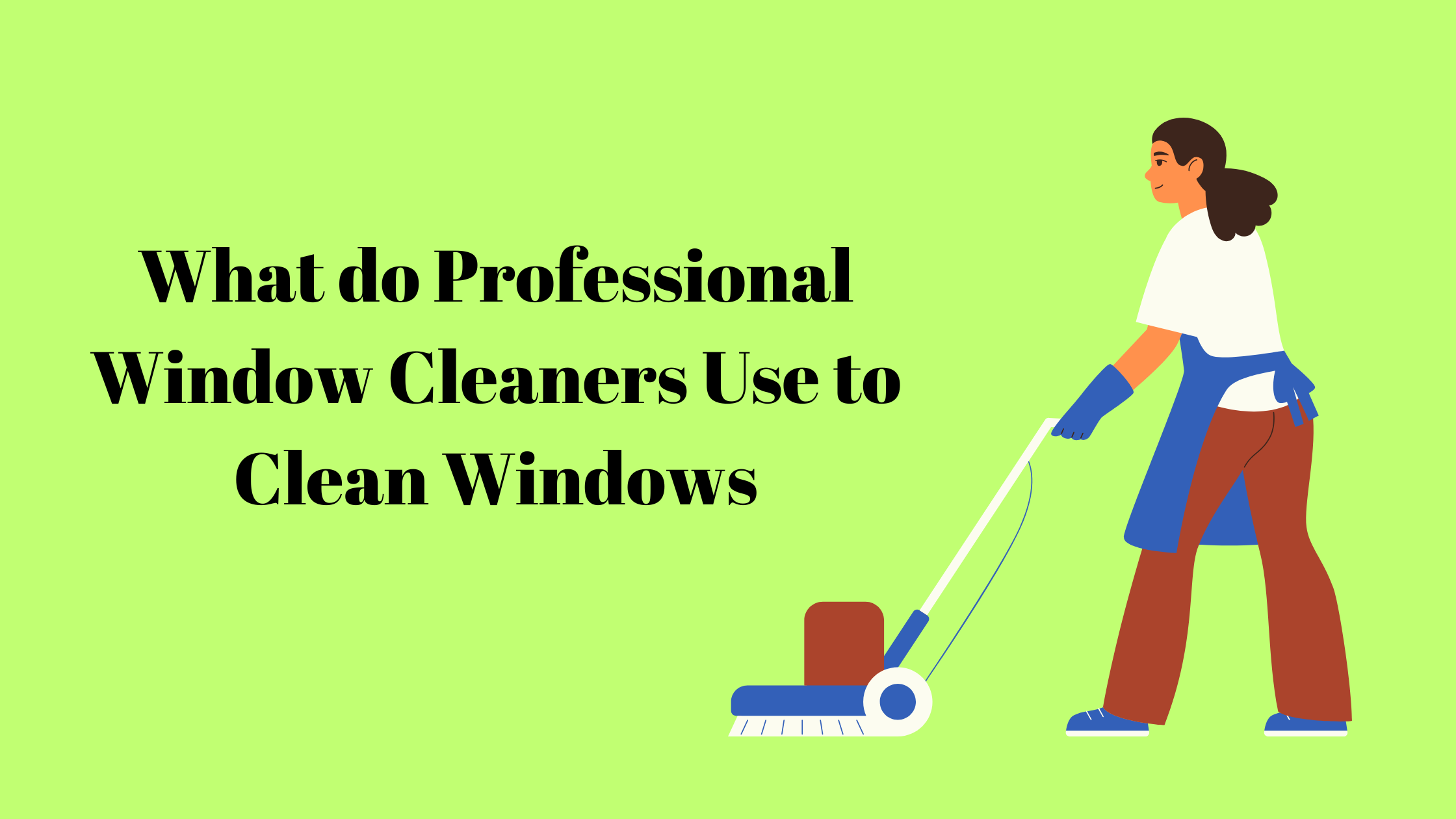Best Temperature to Wash Outside Windows
Best Temperature to Wash Outside Windows. The outdoor windows of your home might be a challenge to clean, but it is absolutely necessary to do so in order to preserve their appearance and guarantee that they will continue to operate properly. When you are cleaning the windows on the outside of your home, the temperature at which you do the job is an important consideration. The temperature can have an impact on the cleaning solution’s efficacy as well as the outcomes you get. So what is the best temperature to wash outside windows? Outside window washing is best done on a cloudy day when the temperature is between 40 and 70 degrees Fahrenheit (4 and 21 degrees Celsius). These conditions are optimal for the cleaning solution to accomplish its job without drying out too soon, freezing, or evaporating. When cleaning windows on a hot day, you risk leaving streaks and smears behind because the cleaning solution dries too quickly. Too rapid a drying of the solution can make it difficult to wipe away, resulting in additional streaking and an extended cleaning process. Extremely low temperatures, on the other hand, have the potential to cause the cleaning solution to freeze before it has a chance to do its job, which makes the cleaning process both more difficult and less effective. In addition, washing windows on days that are very windy or sunny might make the job of cleaning them more difficult. The sun’s rays can cause the cleaning solution to dry out prematurely, which can result in unsightly streaks, and the wind can deposit dirt and debris on windows that have just been cleaned. You May Also Like How to Make Deionized Water for Best Magic Window Groove Cleaning Brush The Best Way To Pollen-Proof Your Load More Conclusion In conclusion, the ideal weather conditions for washing the outside of windows are a cloudy day with temperatures between 40 and 70 degrees Fahrenheit (4 and 21 degrees Celsius). If you meet these requirements, you will be able to accomplish the greatest possible cleaning outcomes without encountering any unwarranted difficulties. Keep in mind that in order to achieve a flawless and gleaming clean appearance for your windows, you will need to use the required tools, a cleaning solution of high quality, and the correct cleaning procedure.





